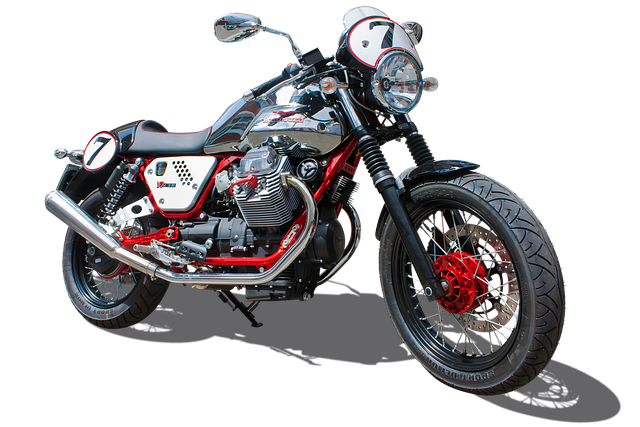Understanding Motorcycle Battery Basics
As motorcycle enthusiasts, we cherish our two-wheeled companions and understand that a well-maintained battery is essential for a smooth ride. But what do you do when your motorcycle battery is running low, and all you have on hand is a car charger? Is it safe and feasible to use a car charger to revive your motorcycle battery? In this in-depth guide, we’ll dive into the intricacies of motorcycle batteries and explore whether charging them with a car charger is a viable option.
Can a Car Charger Be Used for a Motorcycle Battery?
The burning question for many riders is whether a car charger can come to the rescue when a motorcycle battery is in need. The answer is yes, it can, but with some caveats. Motorcycle batteries and car batteries have differences in size, capacity, and charging rates. Motorcycle batteries are typically smaller and have lower amp-hour (Ah) ratings than car batteries. Car chargers are designed to deliver higher currents, which may not be suitable for delicate motorcycle batteries.
However, it’s not a lost cause. To safely charge your motorcycle battery with a car charger, you must consider the charger’s output capacity. Look for a charger with a lower output setting (around 2 amps) or a trickle charger mode. This lower amperage setting ensures that the charging process is gentle and won’t overwhelm your motorcycle battery.
Important Considerations Before Attempting Charging
Before you connect your car charger to your motorcycle battery, there are several crucial considerations to keep in mind. First and foremost, make sure you are working in a well-ventilated area, away from open flames and sparks. Safety glasses and gloves are recommended to protect against any potential battery acid splashes.
Check the electrolyte levels in your motorcycle battery. If they are low, top them up with distilled water before charging. Inspect the battery for any visible damage or cracks. If you notice any, do not attempt to charge the battery; it should be replaced.
Ensure that the car charger is unplugged before making any connections. Connect the red (positive) clamp to the positive terminal of your motorcycle battery and the black (negative) clamp to the negative terminal. Once connected, plug in the charger and set it to the appropriate amperage for your motorcycle battery. Monitor the charging process, and when the battery is fully charged, unplug the charger, remove the clamps in the reverse order, and store the charger safely.
Step-by-Step Guide: Charging a Motorcycle Battery with a Car Charger
- Safety First: Start by ensuring you’re working in a safe environment, wearing appropriate protective gear, and inspecting your motorcycle battery for damage.
- Select the Right Charger: Choose a car charger with a low-output setting or a trickle charger mode to avoid overcharging your motorcycle battery.
- Connect the Clamps: Attach the red (positive) clamp to the positive terminal of the battery and the black (negative) clamp to the negative terminal.
- Set the Charger: Plug in the charger and set it to the appropriate amperage for your motorcycle battery, usually around 2 amps.
- Monitor the Charging: Keep an eye on the charging process, and when the battery is fully charged, unplug the charger, remove the clamps in reverse order, and store the charger safely.
Alternative Methods for Motorcycle Battery Charging
While using a car charger is a viable option, there are alternative methods for motorcycle battery charging. Investing in a dedicated motorcycle battery charger or a smart charger designed for smaller batteries can provide more precise control over the charging process. These chargers are often equipped with safety features like automatic shutoff to prevent overcharging.
Maintaining Motorcycle Battery Health
In addition to knowing how to charge your motorcycle battery, proper maintenance is crucial for its long-term health. Regularly check and top up the electrolyte levels with distilled water, keep the terminals clean, and store the battery in a cool, dry place when not in use. Following these practices will extend the life of your motorcycle battery, ensuring it’s ready to power your adventures on the open road.
In conclusion, while it is possible to charge a motorcycle battery with a car charger, it’s essential to exercise caution and select the right charger with a lower output setting. Safety should always be the top priority when handling batteries. For more expert tips and information for motorcycle enthusiasts, subscribe to our newsletter and stay updated with our latest blog posts. Ride safely and enjoy the journey!



